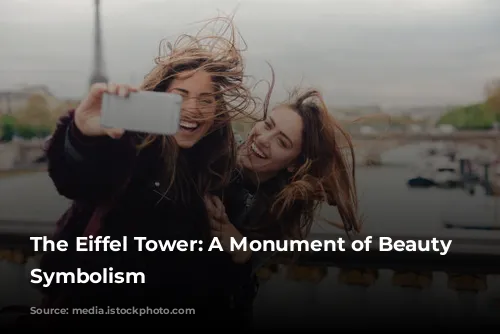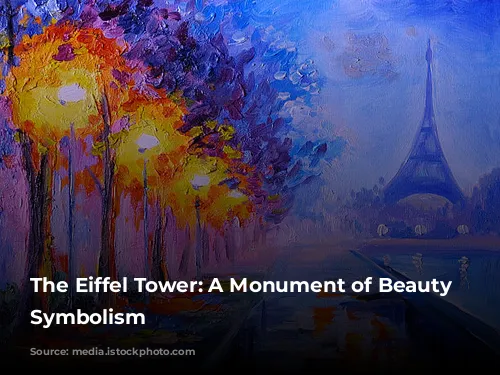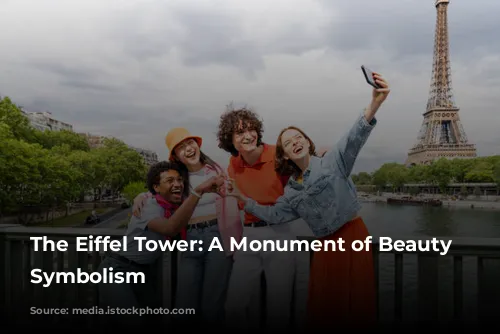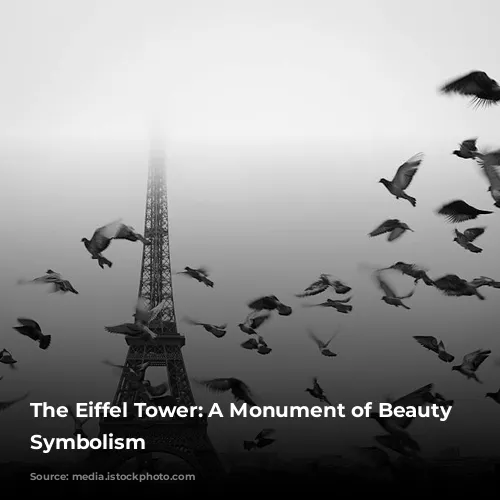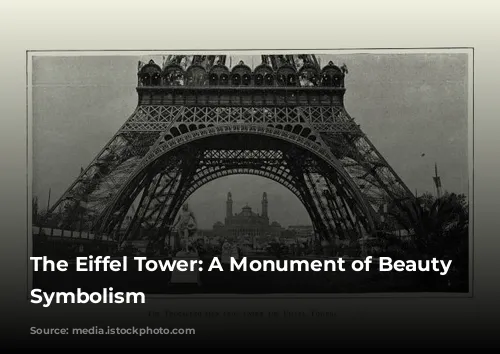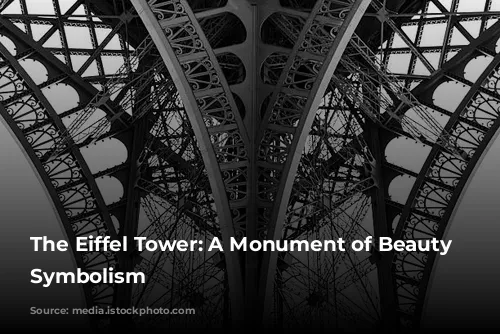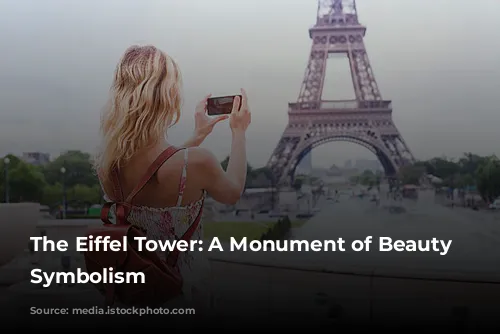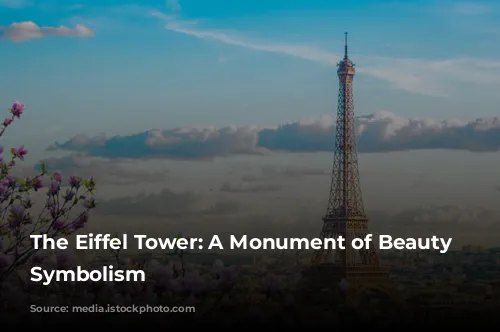The Eiffel Tower, a majestic symbol of Paris and France, captivates the world with its enchanting presence. It’s a source of endless inspiration for artists and filmmakers alike, eager to capture its timeless beauty in their works.
From movies and documentaries to photographs and paintings, the Eiffel Tower is a recurring motif, reflecting its enduring allure. But beyond its artistic appeal, the Tower is also a beloved landmark, making it a popular subject for everyday objects, each carrying a piece of its magic.
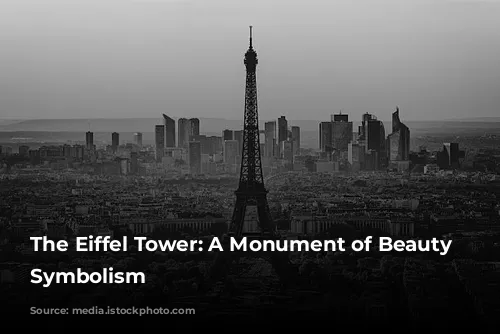
Filming the Eiffel Tower: A Blend of Art and Logistics
The Eiffel Tower offers unique opportunities for filming, with different settings and views to cater to diverse artistic visions. Whether it’s capturing the Parisian cityscape from its towering heights, or showcasing the iconic structure itself, the Eiffel Tower provides a mesmerizing backdrop.
Views from the Tower:
- Adjustable height: Choose from two observation decks at 57 meters and 116 meters to achieve the perfect perspective.
- Versatile locations: Explore the forecourt, various floors, and even areas not open to the public, depending on the filming requirements.
The dedicated team at the Eiffel Tower is committed to providing professional support for filming projects. Each proposal is carefully assessed to ensure the technical and artistic needs are met while upholding the monument’s integrity.
Filming conditions:
- Day and Night: Filming is allowed during the day and at night, with special considerations taken to minimize disruptions to the public and the Tower’s operations.
- Specific Service Lift: A dedicated lift connects the ground level to the second floor, offering a convenient means for transporting equipment and personnel.
- Technical Support: The team collaborates with filmmakers during the preparation phase to address technical requirements, safety regulations, and access arrangements.
- Illumination Flexibility: The possibility of extending the Tower’s illumination time is considered on a case-by-case basis, enhancing the cinematic possibilities.
- Parking: Vehicles can be parked briefly on Avenue Gustave Eiffel for unloading purposes, but they must be moved shortly after.
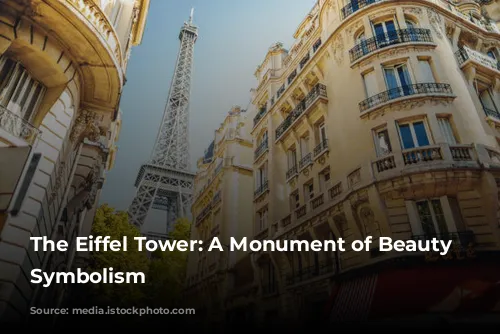
Image Rights: Striking a Balance Between Accessibility and Protection
The Eiffel Tower’s daytime image belongs to the public domain, allowing its use without prior authorization. However, the Tower’s nighttime illuminations are protected, requiring permission from the SETE, the managing company, for any use.
Daytime Image:
- Public Domain: The Eiffel Tower’s image during the day can be used freely without seeking authorization from the SETE.
Nighttime Image:
- Protected Illumination: The Eiffel Tower’s nighttime illumination, including the golden glow, twinkling lights, and special events lighting, are protected under copyright.
- Authorization Required: Using the Eiffel Tower’s image at night requires prior authorization from the SETE. This use is subject to payment of rights, with the amount determined based on factors such as intended use and media plan.
For individuals:
- Private Use: Personal photographs of the Eiffel Tower taken for private use do not require prior authorization.
- Professional Use: Professionals seeking to use the Eiffel Tower’s image must contact the SETE to understand the conditions and requirements.
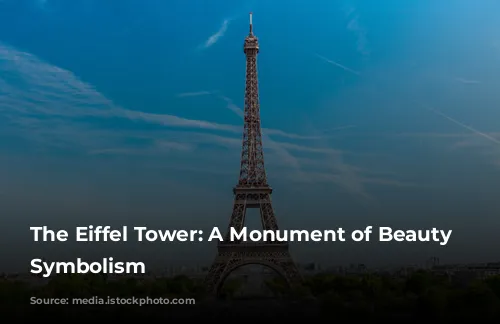
The Eiffel Tower Brand: Safeguarding a Legacy
The Eiffel Tower name itself is a protected trademark, emphasizing its unique identity and commercial value. Any use of the “Eiffel Tower” brand requires a licensing agreement, reviewed on a case-by-case basis.
Trademark Protection:
- Protected Name: “The Eiffel Tower” is a registered trademark, signifying its legal protection.
- Licensing Agreements: Using the “Eiffel Tower” brand for commercial purposes requires a licensing agreement negotiated with the SETE.
This ensures that the Eiffel Tower brand is used responsibly and in a manner that upholds its prestige and historical significance.
